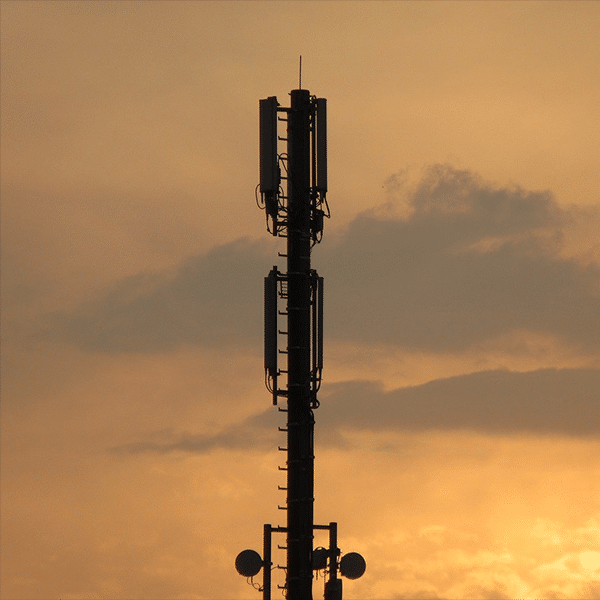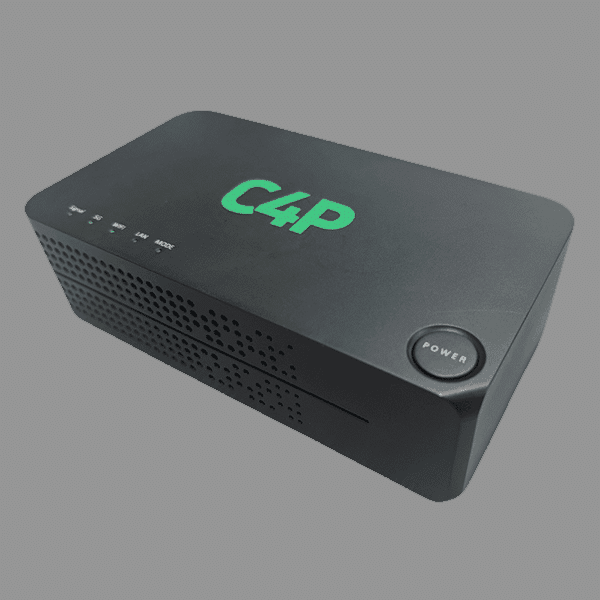T-Mobile already has a technology edge in 5G and has big plans for strengthening that edge, according to the company’s technology president Neville Ray. Ray also sees big potential for T-Mobile fixed 5G deployed in the company’s mid-band spectrum.
The company hopes to have mid-band 5G available nationwide by year-end 2021 and aims to gain a technology edge through early adoption of voice over 5G, 5G carrier aggregation and more, Ray said at a virtual telecom financial conference today.
“The space is ripe for us to come in with this tremendous asset we have and all the capacity we can get off of that mid-band layer and really start to compete – not across the board, it’s not like we’re going to take down Comcast and Charter as we move through the first two to three years,” he said. “But we can become a formidable competitor to almost everybody in this broadband space. We have an ambition to serve 10 million households, . . . just less than 10% of the market, with our 5G fixed wireless solution set.”
T-Mobile Mid-Band 5G Advantages
T-Mobile is the only U.S. carrier to have broadly deployed 5G using mid-band spectrum, thanks to the vast mid-band 2.5 GHz spectrum holdings that the company gained when it acquired Sprint earlier this year. Mid-band spectrum is widely viewed as providing the optimum mixture of range and speed for 5G.
T-Mobile is seeing average speeds of 300 Mbps in current deployments with peaks above 1 Gbps and expects to be closer to a 400 Mbps average speed in the near future.
The company hopes to have mid-band 5G service available to 100 million people by year end. Ray noted that a company’s coverage area is considered “nationwide” when it reaches 200 million people and T-Mobile hopes to reach that goal with mid-band 5G by the end of 2021.
Ray noted that as the company rolls out 5G, there is relatively little additional cost to add T-Mobile fixed 5G wireless.
Speed depends not only on spectrum band but also on the amount of spectrum a carrier has in a market and T-Mobile is well positioned in that regard. The company has an average of 150-160 MHz of spectrum in the 2.5 GHz band per market and initially deployed 5G in 40-60 MHz of that band. This suggests that the company has the potential to boost speeds further whenever the spectrum in the band that is currently used for LTE can be repurposed.
5G Carrier Aggregation and VoNR
Also in the company’s near-term plans are 5G carrier aggregation and voice over 5G, known as VoNR (for voice over 5G-New Radio).
Carrier aggregation will enable the company to combine spectrum in multiple bands, which Ray sees as a means of addressing uplink deficiencies. The company initially rolled out 5G in the band with the “lion’s share” devoted to downstream connectivity. Customers will need devices that can work with carrier aggregation and T-Mobile is pushing vendors to supply those devices in 2021, he said.
Ray also hopes to roll out VoNR in at least a few markets in 2021 but added that “we’ll see.”
Carriers currently rely on LTE to support voice service, but Ray wants to move away from that approach – and not just for voice. Instead, the company is moving toward a 5G network that is fully standalone and which, according to Ray, is the only way to support some of the advanced applications that have been touted for 5G.
Ray made his comments about T-Mobile fixed 5G and mobile 5G plans at the Oppenheimer 5G summit.


